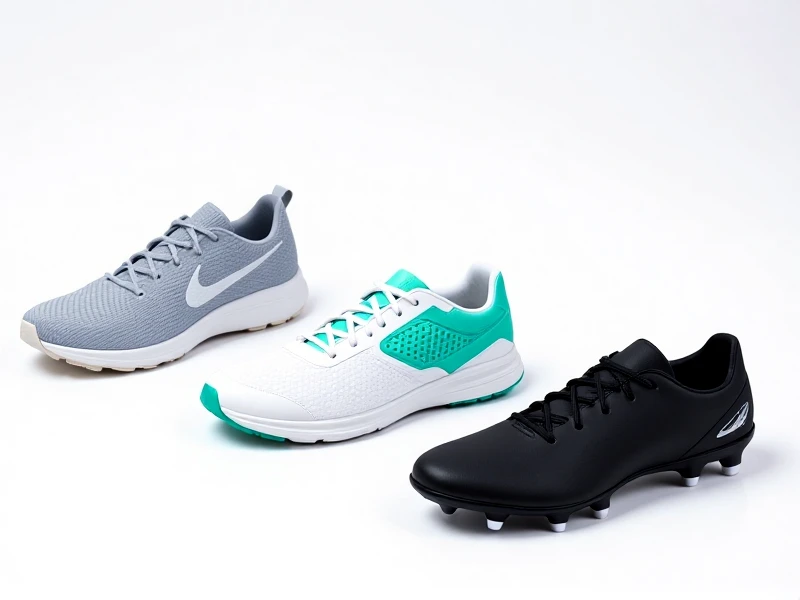Choosing the Ideal Running Shoes for Optimal Performance and Comfort

English Output:
Picking the right running shoes can make or break your fitness journey. Whether you're hitting the pavement daily for health goals or training for an upcoming race, investing in proper running shoes ensures comfort, prevents injuries, and boosts endurance. As a runner myself, I've seen firsthand how the wrong pair leads to sore feet or sluggish strides. Understanding why running shoes matter and how to select them helps maximize your efforts and enjoyment.
Running shoes come in various types to suit different needs. For neutral feet, which don't roll inward or outward excessively, cushion-focused models provide shock absorption for road runs. Stability shoes suit overpronators by offering extra arch support to correct gait imbalance, ideal for longer distances. Minimalist running shoes are lightweight choices promoting natural movement, but they require stronger foot muscles. Trail versions feature aggressive treads for off-road adventures, ensuring grip in muddy or uneven conditions. Each style addresses unique biomechanics, so assess your running habits—like whether you're on flat tracks or rugged paths—before trying options in-store.
Beyond types, running shoes deliver tangible benefits. High-quality designs absorb impact during heel strikes, reducing joint strain and common issues like shin splints. Enhanced cushioning, such as foam midsoles, supports smoother transitions, letting you push farther without fatigue. Breathable uppers and moisture-wicking fabric keep feet dry and comfortable, preventing blisters on long runs. As a bonus, proper running shoes improve speed and efficiency—think of them as your trusted partners in achieving personal bests. Remember, replace them every 300–500 miles to maintain performance; worn-out shoes lose their protective features over time.
When shopping for running shoes, consider fit, surface, and personal goals. Ensure ample toe room (a thumb's width at the front) to avoid numbness or toe cramps. Test them on a jog around the store to feel the fit during motion—tightness indicates poor sizing. Match the shoe to your terrain: pavement calls for durable soles, while trails need rugged grips. Also, factor in arch height and pronation using a simple wet-foot test or consultations at specialty shops. For beginners, start with versatile models; experts might prefer specialized racing shoes for competitions.
In short, selecting the perfect running shoes empowers you to run stronger, longer, and injury-free. Prioritize comfort and alignment to transform every stride. Ready to upgrade? Measure your feet regularly and explore different styles—you'll feel the difference on your next run!
(Word Count: 428)